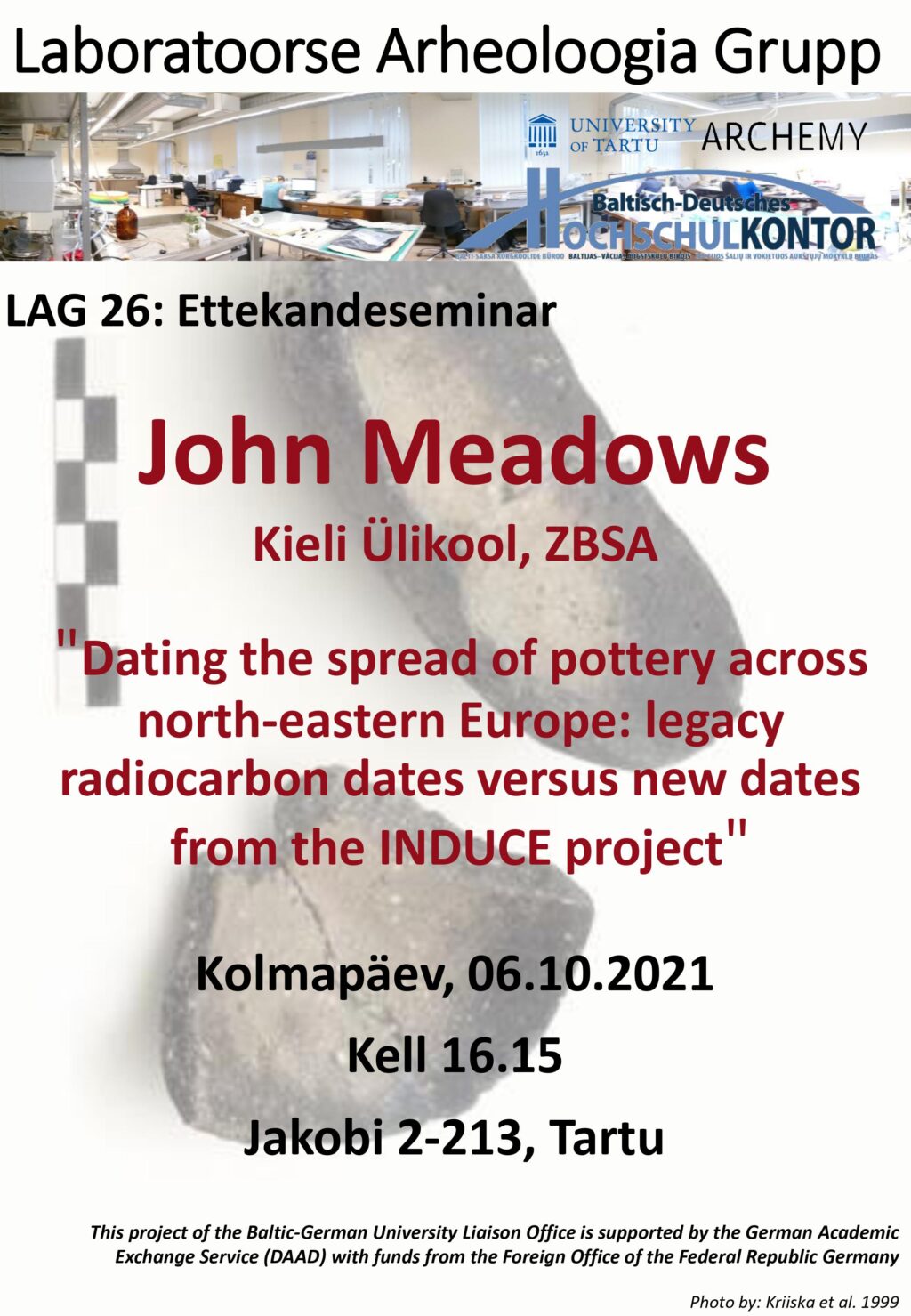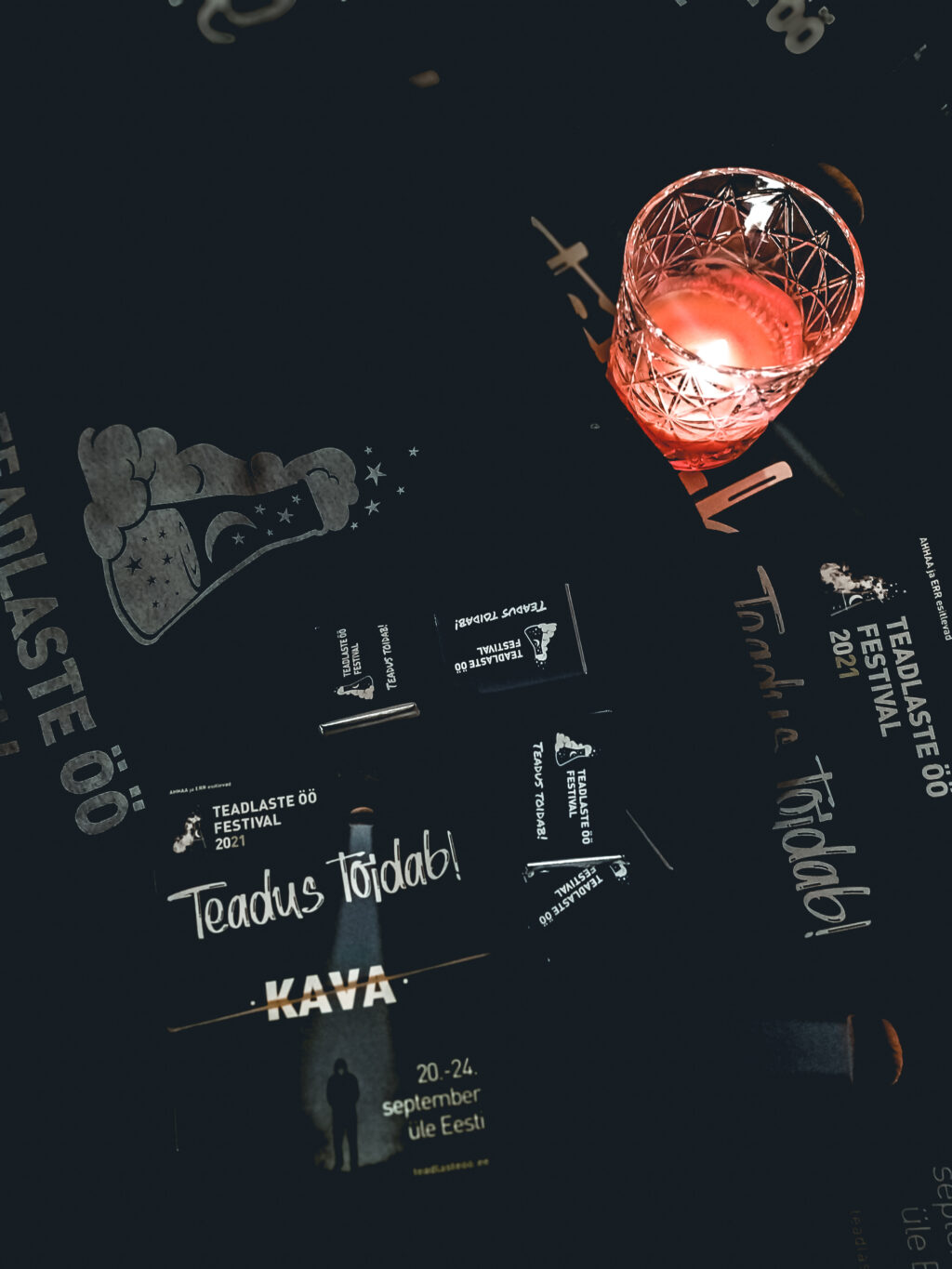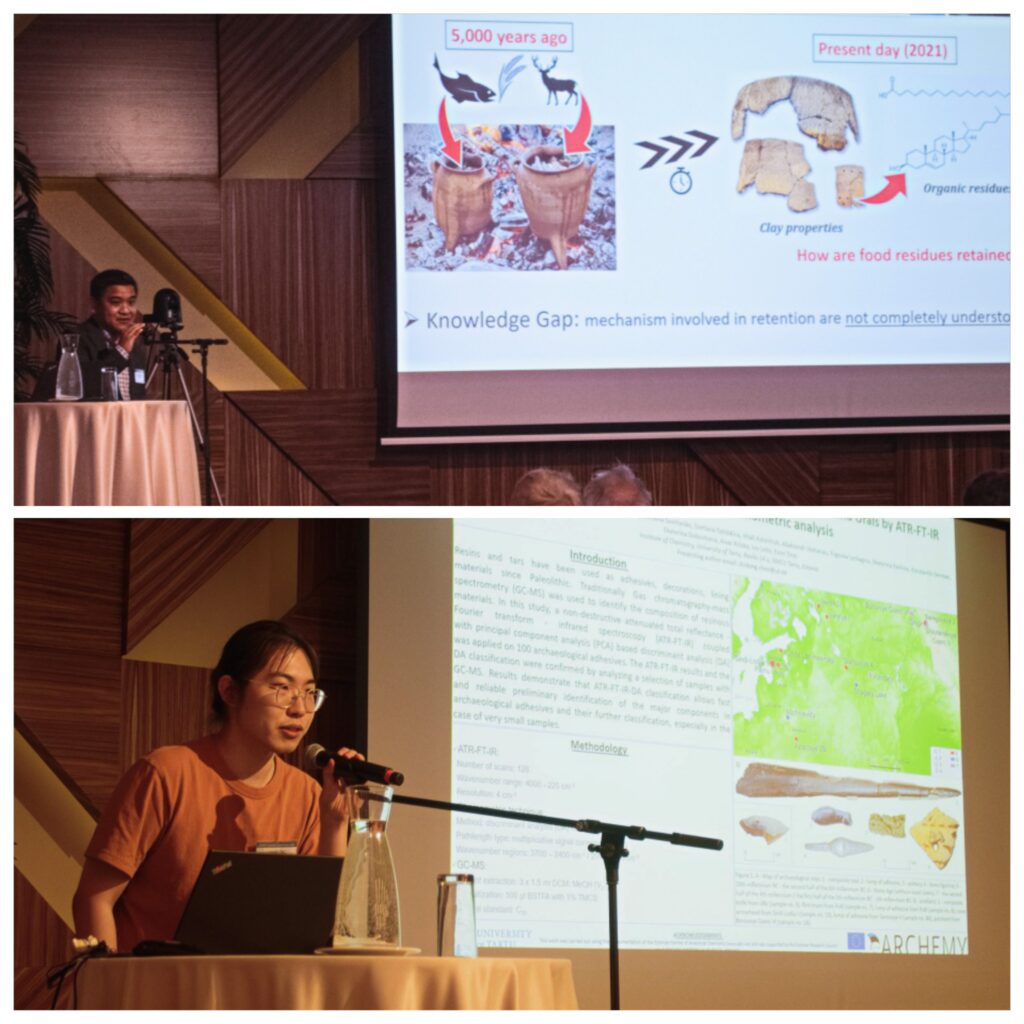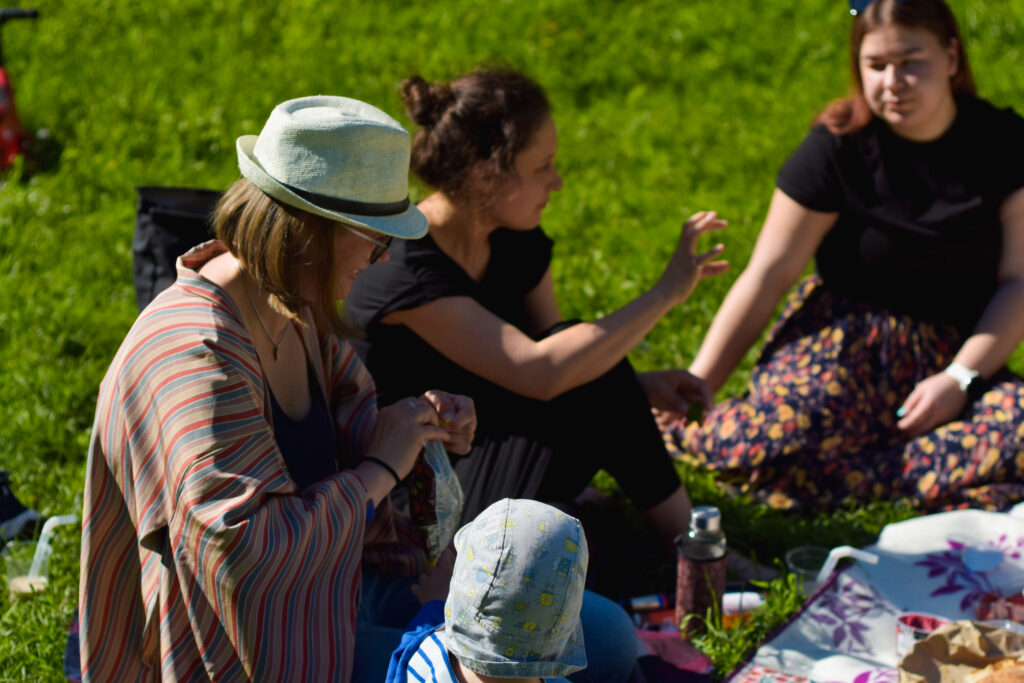Celebrating Women and Girls in Science
On Friday, the 11th of February, Archemy celebrates the International Day of Women and Girls in Science. Please take this day to acknowledge, encourage and cherish women in academia! As part of celebrating this special day the Estonian Young Academy of Sciences (EYAS) launches a social media campaign to introduce one’s research to the wider…
Read more










